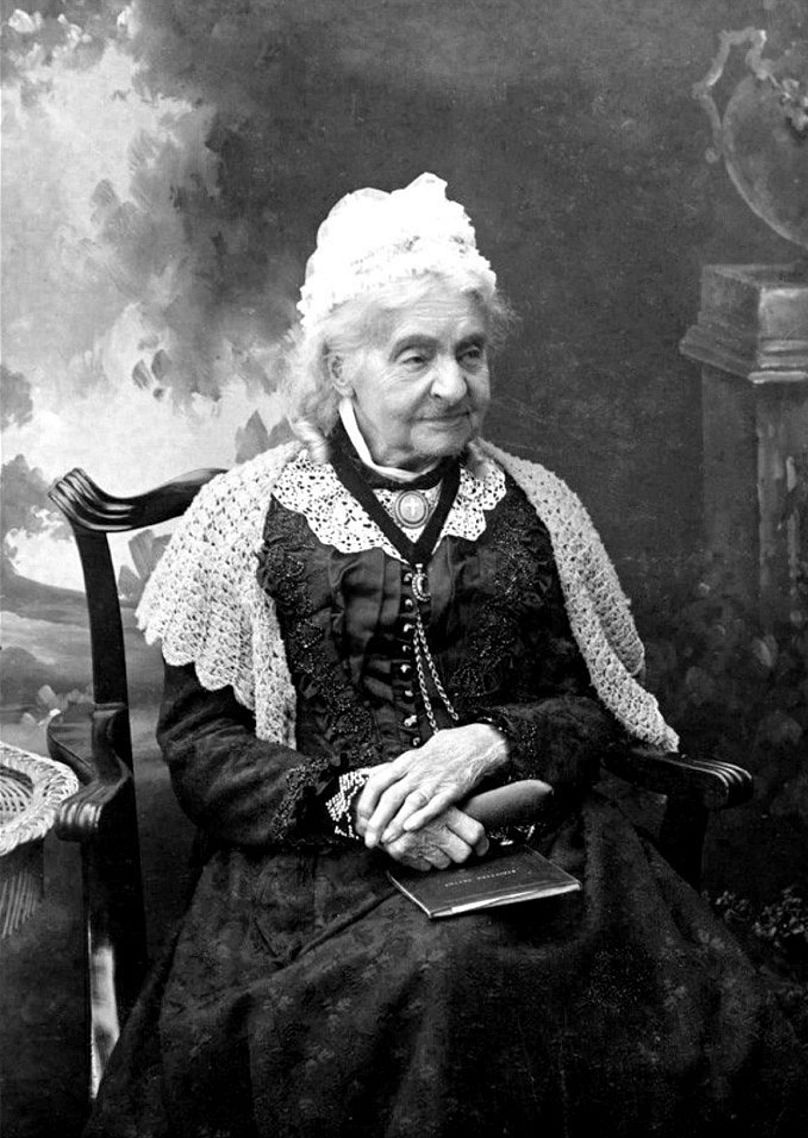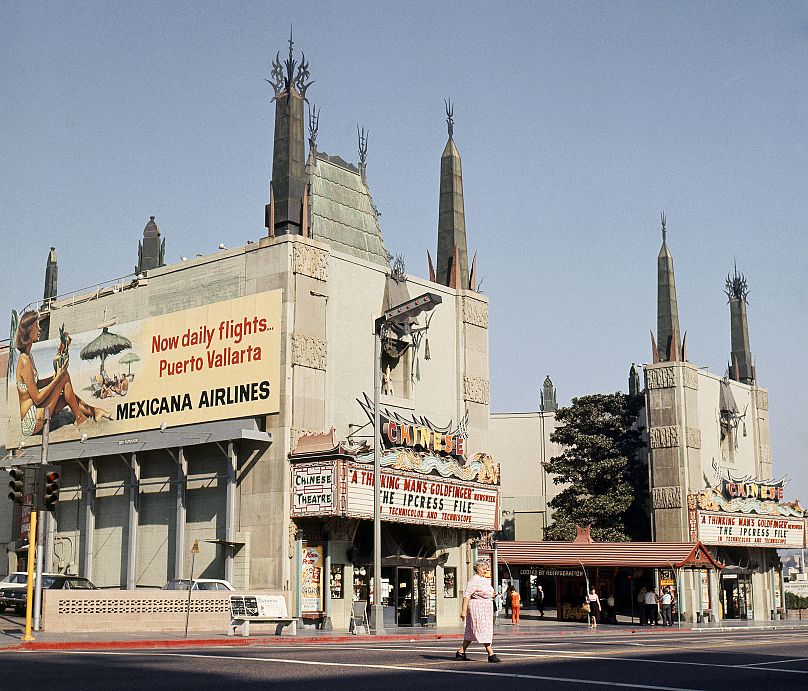18 May, 1952: Stonehenge discovered to date back to 1848 B.C.
On this day in 1952, Willard Libby, a professor of physical chemistry from the University of Chicago in the US, revealed an answer to one of the long-asked questions relating to one of the notable man-made wonders of the world.
The origins of Stonehenge have baffled scientists for centuries and, although there are still many unanswered queries surrounding the iconic site, on 18 May 1952 Libby divulged that he had made a significant discovery about how the formation came to be. Using radiocarbon dating, the scientist was able to determine that the monument was built around 1848 BC, give or take 275 years, which was much earlier than previously thought.
Libby examined fragments of charcoal and bone collected from the site, discovering that they contained traces of carbon-14, a radioactive element that decays over time, giving a relatively accurate date of their creation.
In 1960, he was given the Nobel Prize in Chemistry for his radiocarbon dating technique and was hailed as revolutionising the field of archaeology by providing a new method for dating ancient objects and monuments. However, the technology was improved in the following years and has since been used to determine more about Stonehenge’s history; it’s now believed that the first bluestones at the site could have been there since as early as 3000 BC.
Stonehenge remains one of the most fascinating ancient structures in the world, drawing thousands of tourists and scholars to its site every year, but it's also one of the most mysterious places. Very little is known about who placed the stones in the middle of a field in the southern English county of Wiltshire - or why they did it.
18 May, 1792 - the world’s first proven supercentenarian was born
Margaret Ann Neve, the oldest of seven children, is also one of just a handful of individuals to have lived during three centuries. Her mother, Margaret Ann senior, lived to the age of 99 - a remarkable feat at a time when life expectancy was around 40 years old in the United Kingdom.
Born in St. Peter Port on Guernsey, Neve lived through a time of great change and transformation and witnessed historic events. Her Channel Island home was directly in the path of the French Revolution, which started three years before her birth; her father was a commander of the militia charged with protecting Guernsey and Margaret even met French general Charles Francois Dumouriez and visited the battlefield of Waterloo, shortly after the corpses had been buried and casualties removed.
Neve became a media sensation in the last years of her life, with journalists flocking to Guernsey to interview her and report on her remarkable age. The day after a celebration held to mark her 107th birthday in 1899, a reporter from The Times found her making marmalade. She was said to never suffer any illness until the age of 105 when she had the flu and, at 108, she developed bronchitis. She appeared to be unstoppable, though, and was found climbing a tree to pick a fresh apple when she was 110 years old, saying they tasted better when plucked straight from the branch.
She put her longevity down to consuming a glass and a half of old sherry at lunchtime, followed by a small whiskey with water at dinner time and also cited the habit of rising early and not eating between meal times.
When Neve died on 4 April 1903, a month shy of her 111th birthday, flags across Guernsey were lowered to half mast as a sign of respect. At her death, she was one of the last few living people born in the 18th century and one of a handful of supercentenarians, or people who live to older than 110.
That’s still a feat by today’s standards, considering the achievement is only made by about one in 1,000 centenarians.
18 May, 1927 - One of Hollywood’s most iconic landmarks opens in spectacular style
Grauman's Chinese Theatre is today one of the most recognisable buildings in Los Angeles, known for its elaborate Chinese architecture and the signatures and hand and footprints of famous movie stars in concrete blocks set in its forecourt.
On this day in 1927, a time of great transformation for the film industry, the cinema, located on the Hollywood Walk of Fame, opened with a premiere for Cecil B. DeMille's ‘The King of Kings’.
Its founder, Sid Grauman, was inspired to build the venue after the success of his Egyptian Theatre which had opened 5 years earlier. Built by Raymond M. Kennedy and his team, it cost a staggering $2.1 million - that’s around $36.6 million (or €33.8 million) today.
Since its opening, Grauman's Chinese Theatre, also known as TCL Chinese Theatre for naming rights reasons, has been the site of countless movie premieres and red carpet events, becoming a symbol of Hollywood's golden age, even paying host to the 1977 launch of George Lucas' Star Wars as well as three Academy Award ceremonies.
Between 1973 and 2001, the building was renamed as Mann's Chinese Theatre before reverting back to its original name. In 2013, the Chinese electronics manufacturer TCL Corporation purchased the facility's naming rights and, that year, the theatre partnered with IMAX.
Today, it’s one of the most visited movie theatres in the country and boasts one the largest movie screens in North America. Declared a historic and cultural landmark in 1968, it remains one of the must-see buildings in all of Hollywood.













